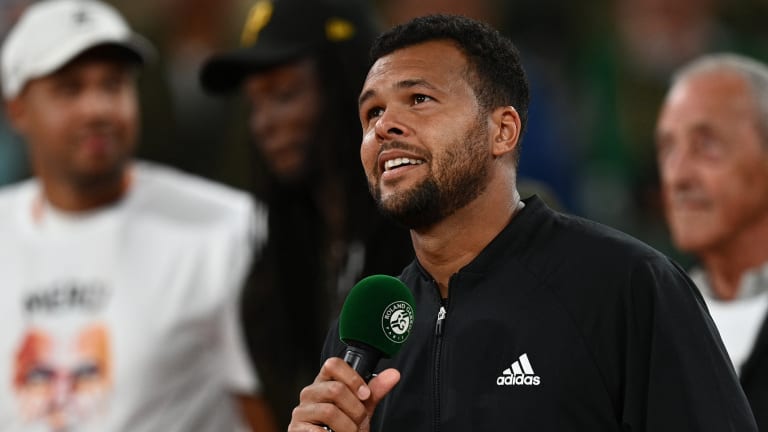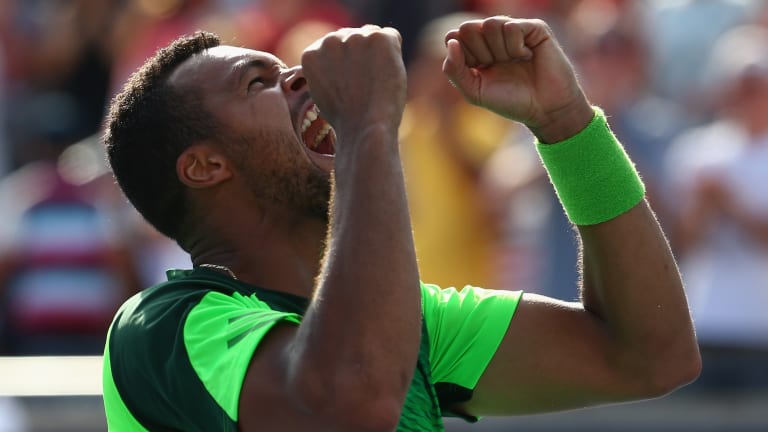Roland Garros
Despite never winning the big one, all-court threat Jo-Wilfried Tsonga illuminated and elevated tennis during his time on tour
By May 24, 2022Roland Garros
Was the Carlos Alcaraz-Jannik Sinner Roland Garros match the best ever played?
By Jun 13, 2025Roland Garros
Who were the winners and losers at 2025 Roland Garros?
By Jun 09, 2025Roland Garros
Carlos Alcaraz and Jannik Sinner played the match of the decade, and maybe the century, at Roland Garros
By Jun 09, 2025Roland Garros
PHOTOS: Carlos Alcaraz captivates Chatrier with trademark joy after improbable Roland Garros title defense
By Jun 09, 2025Roland Garros
Carlos Alcaraz saves three match points, tops Jannik Sinner in longest Roland Garros final of Open Era
By Jun 08, 2025Roland Garros
Aryna Sabalenka clarifies controversial Coco Gauff claim: "Can't pretend it was a great day"
By Jun 08, 2025Roland Garros
Coco Gauff counters Aryna Sabalenka's Roland Garros claim by saying she 'wanted' Iga Swiatek in final
By Jun 08, 2025Roland Garros
2025 Roland Garros men's final preview: Carlos Alcaraz vs. Jannik Sinner
By Jun 07, 2025Roland Garros
PHOTOS: Coco Gauff celebrates Roland Garros title with parents, toasts champagne at Tennis Channel set
By Jun 07, 2025Despite never winning the big one, all-court threat Jo-Wilfried Tsonga illuminated and elevated tennis during his time on tour
The beloved and powerful Frenchman said goodbye after a valiant four-set effort against No. 8 seed Casper Ruud.
Published May 24, 2022
Advertising
Advertising

Tsonga was joined by friends and family after his final match—one that, like so many before it, captivated a capacity crowd.
© AFP via Getty Images
Advertising

Tsonga earned wins against some of the game's best players at tennis' biggest tournaments. But depsite an excellent career, he never crossed the Grand Slam finish line.
© 2014 Getty Images